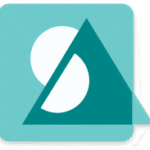Last week’s post recounted the story of unopened boxes filled with unread packets of student work mailed in by thousands of families. In this post, I intend to share an alternative vision. To be clear, being physically present at school is irreplaceable, as the American Academy of Pediatrics has stated. But if we can mitigate some of the worst effects, it’s our obligation to do so. What’s more, the academic language strategies I outline below will remain valid for English Learners — and for all students — long after COVID-19 recedes.
Learning Content Through Language
Speak Agent’s goal is to integrate the four domains of language with existing math and science curriculum content in order to help students master key academic concepts. This is what we mean when we talk about “academic language.”
My last post discussed the severity of the problem for English Learners and many other learners who need additional content-based language supports. This post highlights a sampling of the many strategies and resources that Speak Agent provides.
Listening: The last post established that students learning remotely are hearing far less academic language and are less attentive to any academic language they do hear. This is the listening gap.
 Speak Agent provides listening opportunities targeted to specific content vocabulary and stories that align to your curriculum. English Learners require 16 to 20 exposures to build word recognition (Schmitt, 2008; Peregoy & Boyle, 2013).1 Often listening is combined with speaking, reading, writing, and interactive activities as a tool to evaluate answer choices or to respond to open-ended questions. Students are also able to listen on-demand to any text element in Speak Agent, including directions. They can re-listen and play the audio at any of five narration speeds. View examples here >
Speak Agent provides listening opportunities targeted to specific content vocabulary and stories that align to your curriculum. English Learners require 16 to 20 exposures to build word recognition (Schmitt, 2008; Peregoy & Boyle, 2013).1 Often listening is combined with speaking, reading, writing, and interactive activities as a tool to evaluate answer choices or to respond to open-ended questions. Students are also able to listen on-demand to any text element in Speak Agent, including directions. They can re-listen and play the audio at any of five narration speeds. View examples here >
Speaking: Students learning remotely have fewer opportunities to speak about math and science content or to use content-based vocabulary. And when they do speak, the utterances are shorter and the speaker gets less feedback to interpret. This is the speaking gap.
 Speak Agent provides three types of speaking opportunities, all of which are recorded and made available to both the student and teacher for later review: (1) verbal repetition of words, phrases and sentences relevant to the key concepts in your curriculum; (2) spoken answers to open-ended questions; and (3) inquiry-driven descriptions of diagrams, phenomena, and other observations. Recorded speech is a great vehicle for students to assemble and communicate their thought processes, explanations, solutions, and conclusions before tackling the many complexities inherent in writing. View examples here >
Speak Agent provides three types of speaking opportunities, all of which are recorded and made available to both the student and teacher for later review: (1) verbal repetition of words, phrases and sentences relevant to the key concepts in your curriculum; (2) spoken answers to open-ended questions; and (3) inquiry-driven descriptions of diagrams, phenomena, and other observations. Recorded speech is a great vehicle for students to assemble and communicate their thought processes, explanations, solutions, and conclusions before tackling the many complexities inherent in writing. View examples here >
Reading: While distance learning affords ample reading opportunities, English Learners and other learners often lack the foundational skills needed to read successfully. They are not getting the support they need to improve these skills and to fully comprehend what they are reading. This leads to a lack of understanding of math and science content. This is the reading gap.
 Speak Agent courses are replete with digital, interactive activities that engage students in practice with each of the foundational reading skills. Our series of dialogic reading activities then pull it all together to develop reading comprehension. During implementation we go through a process to ensure that all of the texts align to your curriculum. In addition, the reading activities in Speak Agent provide both visual and auditory reading aids. These include text magnification (a choice of seven sizes), dimming (operates like a reading guide), text-to-speech (with adjustable narration speed), highlighting, guiding questions, illustrations and animations, emphasized keywords, prompts for re-reading, and more. View examples here >
Speak Agent courses are replete with digital, interactive activities that engage students in practice with each of the foundational reading skills. Our series of dialogic reading activities then pull it all together to develop reading comprehension. During implementation we go through a process to ensure that all of the texts align to your curriculum. In addition, the reading activities in Speak Agent provide both visual and auditory reading aids. These include text magnification (a choice of seven sizes), dimming (operates like a reading guide), text-to-speech (with adjustable narration speed), highlighting, guiding questions, illustrations and animations, emphasized keywords, prompts for re-reading, and more. View examples here >
Writing: Students are missing immediate feedback on writing (or often any feedback at all!), opportunities to discuss their writing, and an authentic purpose for writing. This is a motivation killer. This is the writing gap.
 Speak Agent provides writing scaffolds, including sentence frames, sentence stems, visual word banks, and tools for teacher and peer feedback and editing. In another example, students self-check their own work by comparing against a writing model, side by side. These are strategies for English Learners that work for all learners. As with the other language domains, all of the content ties into your curriculum. It also presents students with an authentic purpose such as writing puzzles for classmates to solve or keeping science journals for lab reports, science fairs, and peer reviewers. View examples here >
Speak Agent provides writing scaffolds, including sentence frames, sentence stems, visual word banks, and tools for teacher and peer feedback and editing. In another example, students self-check their own work by comparing against a writing model, side by side. These are strategies for English Learners that work for all learners. As with the other language domains, all of the content ties into your curriculum. It also presents students with an authentic purpose such as writing puzzles for classmates to solve or keeping science journals for lab reports, science fairs, and peer reviewers. View examples here >
Evidence of Learning
All recorded speech, responses to reading prompts, writing work, and partner revisions are automatically captured and stored by Speak Agent in each student’s digital portfolio. This portfolio is accessible to the teacher, student, and parent/guardian to provide concrete evidence of learning. Speak Agent also captures and stores creative activities such as student-generated math problems, multimedia science notebooks, and team-composed stories. With Speak Agent, your students’ work will never end up unread, unheard, and unappreciated in an unopened box.
Take the Next Step
Don’t get caught this year with a room full of unopened boxes. Open those boxes digitally.
Browse the PRODUCTS menu at the top of this page. Every product page provides a way to schedule a demo or presentation with a Speak Agent consultant. You may also contact us to receive more information.




